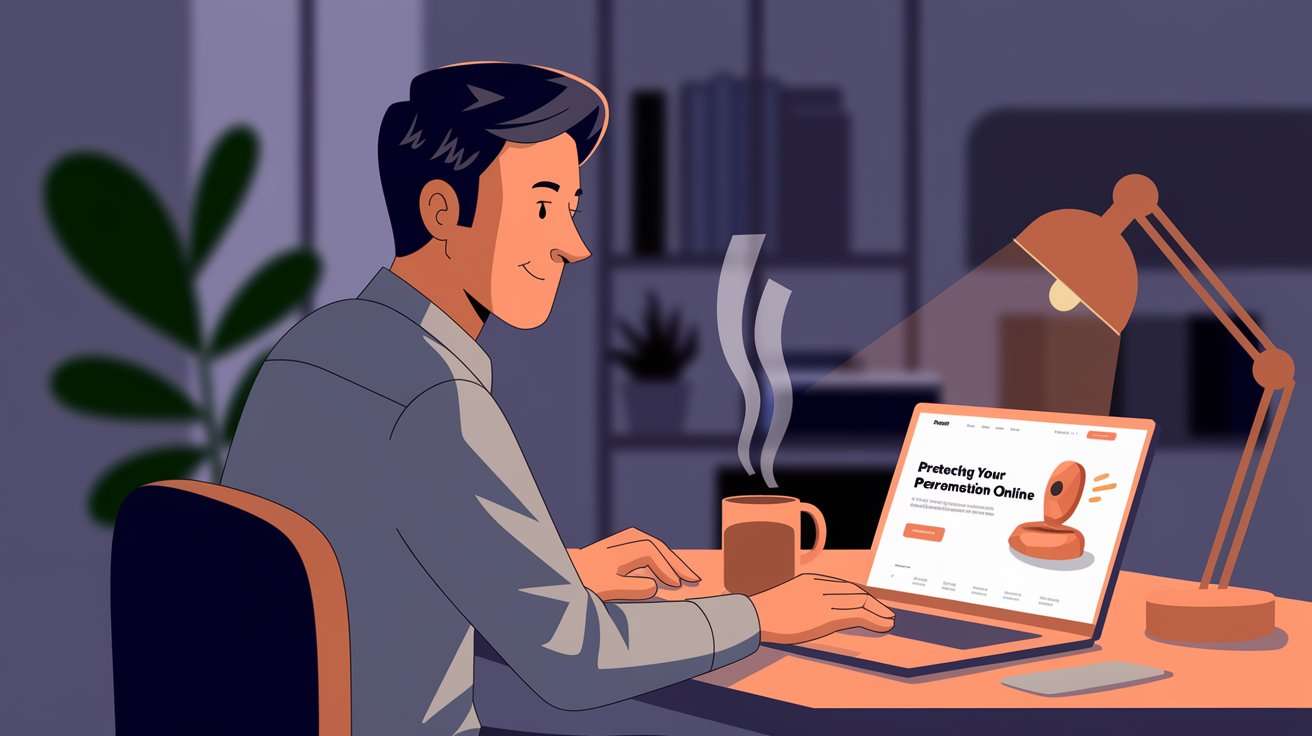Protecting Your Personal Information Online
In today’s digital age, protecting your personal information online is more critical than ever. With cyber threats on the rise, knowing how to safeguard your data can help prevent identity theft, fraud, and other online risks. Here are 10 essential tips for protecting your personal information online to keep your data safe and secure.
1. Use Strong and Unique Passwords
Creating strong, unique passwords for each of your online accounts is your first line of defense against unauthorized access. Avoid using easily guessed information like birthdays or common words.
Tip:
Use a combination of upper and lower case letters, numbers, and special characters. Password managers can help generate and store complex passwords securely.
2. Enable Two-Factor Authentication (2FA)
Two-factor authentication adds an extra layer of security to your accounts. Even if someone manages to obtain your password, they’ll need a second form of verification to access your account.
Tip:
Whenever possible, enable 2FA through your account settings. Options may include receiving a text message, using an authentication app, or a hardware security key.
3. Be Cautious with Public Wi-Fi
Public Wi-Fi networks are convenient but often insecure. Using these networks can expose your data to hackers who may intercept your online activities.
Tip:
Avoid accessing sensitive information or logging into accounts over public Wi-Fi. If necessary, use a Virtual Private Network (VPN) to encrypt your internet connection and protect your data.
4. Regularly Update Software and Devices
Outdated software can be a gateway for cybercriminals. Keeping your operating systems, applications, and devices up to date ensures you have the latest security patches.
Tip:
Enable automatic updates where possible and regularly check for updates on your software and devices to ensure you’re protected against vulnerabilities.
5. Be Wary of Phishing Scams
Phishing scams are deceptive attempts to steal your personal information by tricking you into providing it. These can come via email, text messages, or fake websites.
Tip:
Always verify the sender’s identity before clicking on links or providing personal information. Look for red flags like poor grammar or unusual requests.
6. Limit Personal Information Sharing
Be mindful of the information you share on social media and public platforms. Oversharing can make it easier for cybercriminals to impersonate you or gain access to your accounts.
Tip:
Review your privacy settings on social media platforms and limit the visibility of your personal information. Only share what’s necessary and consider setting accounts to private.
7. Use Secure Websites
When shopping online or entering sensitive information, always ensure the website is secure. Look for “https://” in the URL, which indicates that the site encrypts your data.
Tip:
If a site doesn’t use HTTPS, consider avoiding it, especially when providing payment information or personal details.
8. Regularly Monitor Your Accounts
Keep an eye on your bank statements, credit reports, and online accounts for any unusual activity. Early detection of suspicious transactions can help mitigate potential damages.
Tip:
Set up alerts for your bank and credit card accounts to receive notifications for any unusual transactions. Regularly check your credit reports for accuracy and unauthorized accounts.
9. Use Antivirus and Anti-Malware Software
Installing reputable antivirus and anti-malware software on your devices can help protect against various cyber threats. These tools can detect and eliminate harmful software before it compromises your information.
Tip:
Ensure your security software is up to date and perform regular scans on your devices to catch potential threats early.
10. Educate Yourself about Cybersecurity
Staying informed about the latest cybersecurity threats and best practices is essential in protecting your personal information. Awareness is key to avoiding potential pitfalls.
Tip:
Follow trusted sources for cybersecurity news and tips. Participate in online courses or webinars to enhance your knowledge about protecting your digital life.
By implementing these tips for protecting your personal information online, you can significantly reduce the risk of cyber threats and keep your data secure in an increasingly digital world.



